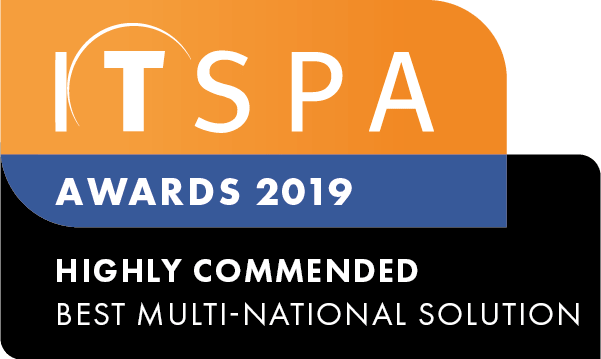In this article
Introduction
Although dialling emergency services using VoIP is possible, we highly recommend having an alternate landline or mobile service available when placing emergency calls. VoIP services can drop out as it relies on constant internet and power access to maintain the call.
When to call emergency services
Emergency authorities must be contacted only in extreme situations, such as:
- Someone is seriously injured or in need of urgent medical help;
- Your life or property is being threatened;
- You have witnessed a serious accident or crime;
If the situation is not urgent, locate the number for your local police, fire or ambulance services.
Emergency services contact numbers
Australia
- 000, will connect you to the main emergency services: police, fire and ambulance.
- 106, can only be used with a teletypewriter (TTY) or an alternate device for the hearing impaired. 106 is a text-based emergency service number for people who are deaf or have a hearing or speech impairment.
- 112, can only be dialled using a mobile phone.
New Zealand
- 111, will connect you to the main emergency services: police, fire and ambulance.
- 105, to report things that have already happened that don't need urgent Police assistance.
United Kingdom
- 999, will connect you to the main emergency services: police, fire, ambulance, coastguard and bomb disposal services.
- 112, is an alternate number to 999 and will connect you to the same services listed above.
- 111, non-emergency for the NHS or medical services.
- 105, if you spot damage to electricity power lines and substations that could put you, or someone else, in danger.
- 101, when you want to contact the police, but it’s not an emergency.
Ireland
- 999, will connect you to the main emergency services: Gardaí (police), fire, ambulance, coastguard.
- 112, is an alternate number to 999 and will connect you to the same services listed above. It also works in any EU country.
United States and Canada
- 911, will connect you to the main emergency services: police, fire, ambulance, coastguard.











